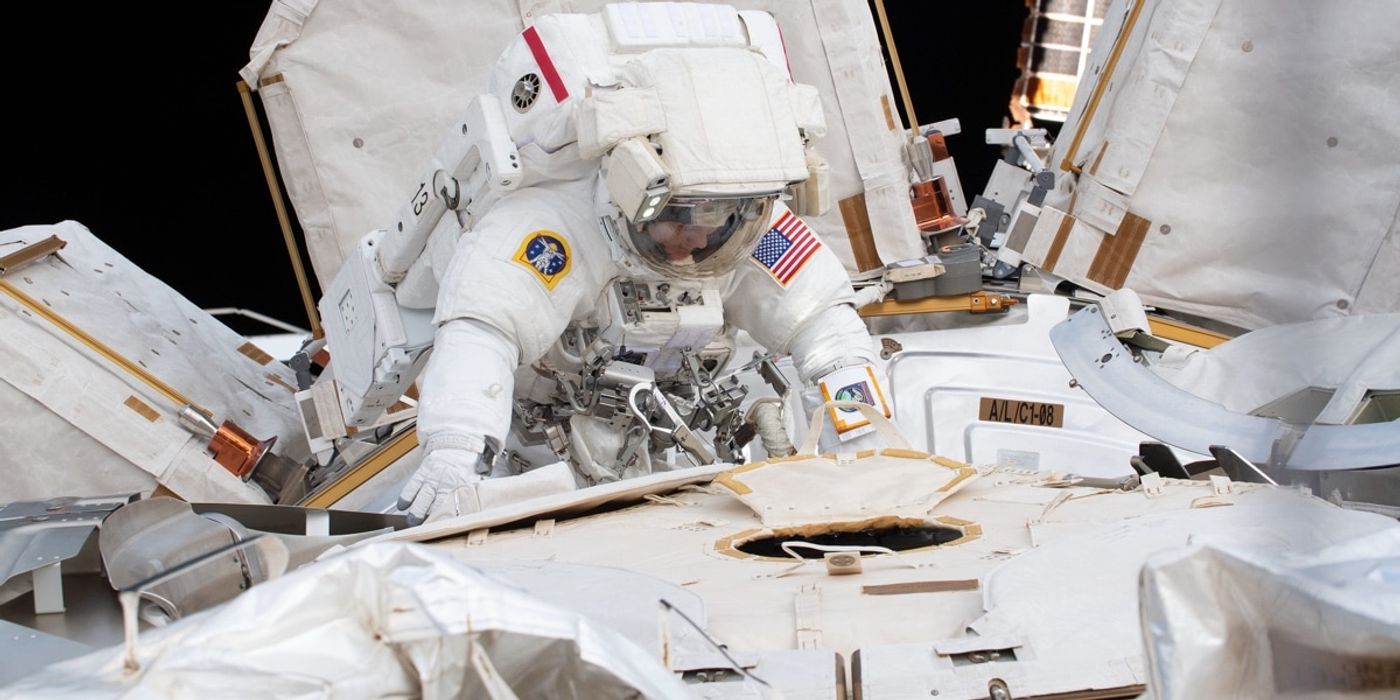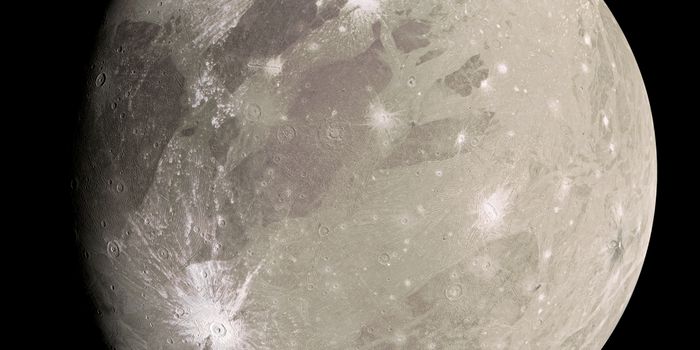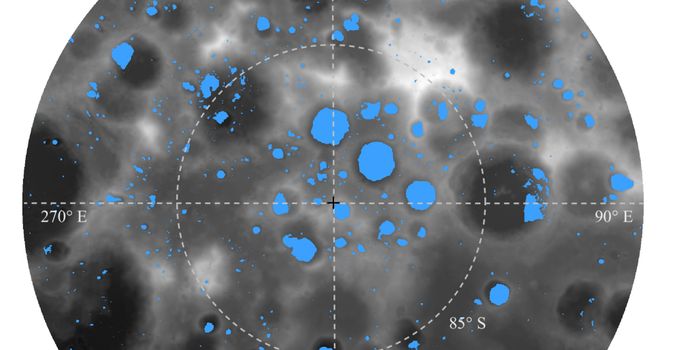NASA Astronauts Conduct Third Spacewalk in Under a Month
Two of the International Space Station’s current inhabiting astronauts, including NASA’s Anne McClain and the Canadian space agency’s David Saint-Jacques, stepped outside of the safety of the Earth-orbiting space lab at 7:31 A.M. Eastern time Monday morning to conduct the third spacewalk mission to be assigned in under a month.
Image Credit: NASA
In a statement to the public, NASA goes on to explain that Monday’s spacewalk is the 216th in history and will have the two astronauts conducting a multitude of extravehicular activities that have been in planning for several weeks. Among those, McClain and Saint-Jacques will be responsible for each of the following tasks:
- Complete battery work that commenced during the previous spacewalk involving NASA astronauts Anne McClain and Nick Hague
- Institute a redundant path of power to the International Space Station’s robotic arm (Canadarm2) to improve its reliability in the event of an emergency
- Install a plethora of cables outside of the International Space Station to augment wireless communications outside of the orbital complex and improve the Earth-orbiting space lab’s computer networking capabilities
Related: Investigation rules that the International Space Station's 'mystery hole' was made from the inside
During the previous spacewalk, it was found that one of the newer lithium-ion batteries was defective, and so the astronauts will need to replace it once again with two of the older nickel-hydrogen batteries to restore full power capacity to that sector of the International Space Station until a replacement lithium-ion counterpart can be delivered in the future.
After taking care of the battery replacement situation, the astronauts will begin working on the Canadarm2 robotic arm and then start to lay the new cables, in that order. As you might come to expect, NASA is live-streaming the spacewalk mission from its NASA Television website, and those interested in watching the activities as they go down can visit this link to do so. As NASA goes on to explain, McClain can be identified in the live feed by the spacesuit with red stripes, while Saint-Jacques is wearing the spacesuit devoid of any stripes.
NASA estimates that the spacewalk will take approximately six to six-and-a-half hours to complete. Skilled astronauts have managed to complete these missions in less time previously; however, NASA generally likes to keep its astronauts busy throughout the scheduled timeframe. With that in mind, the astronauts could be tasked with additional maintenance if they complete the job sooner than expected.
Source: NASA, NASA Television









